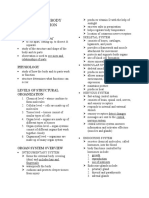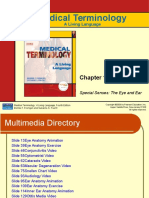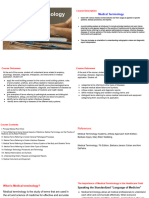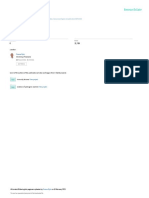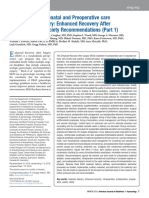0% found this document useful (0 votes)
2K views30 pagesMedical Terminology A Living Language 7th Edition
This document provides a comprehensive examination of medical terminology, emphasizing its systematic structure, vocabulary, and practical applications in healthcare. It explores the historical origins, word construction principles, and the vocabulary related to various body systems, diagnostic processes, and medical specialties. The text also addresses the impact of technology on medical terminology and the importance of cultural competency in global healthcare communication.
Uploaded by
sihaye3111Copyright
© © All Rights Reserved
We take content rights seriously. If you suspect this is your content, claim it here.
Available Formats
Download as PDF, TXT or read online on Scribd
0% found this document useful (0 votes)
2K views30 pagesMedical Terminology A Living Language 7th Edition
This document provides a comprehensive examination of medical terminology, emphasizing its systematic structure, vocabulary, and practical applications in healthcare. It explores the historical origins, word construction principles, and the vocabulary related to various body systems, diagnostic processes, and medical specialties. The text also addresses the impact of technology on medical terminology and the importance of cultural competency in global healthcare communication.
Uploaded by
sihaye3111Copyright
© © All Rights Reserved
We take content rights seriously. If you suspect this is your content, claim it here.
Available Formats
Download as PDF, TXT or read online on Scribd
/ 30














































